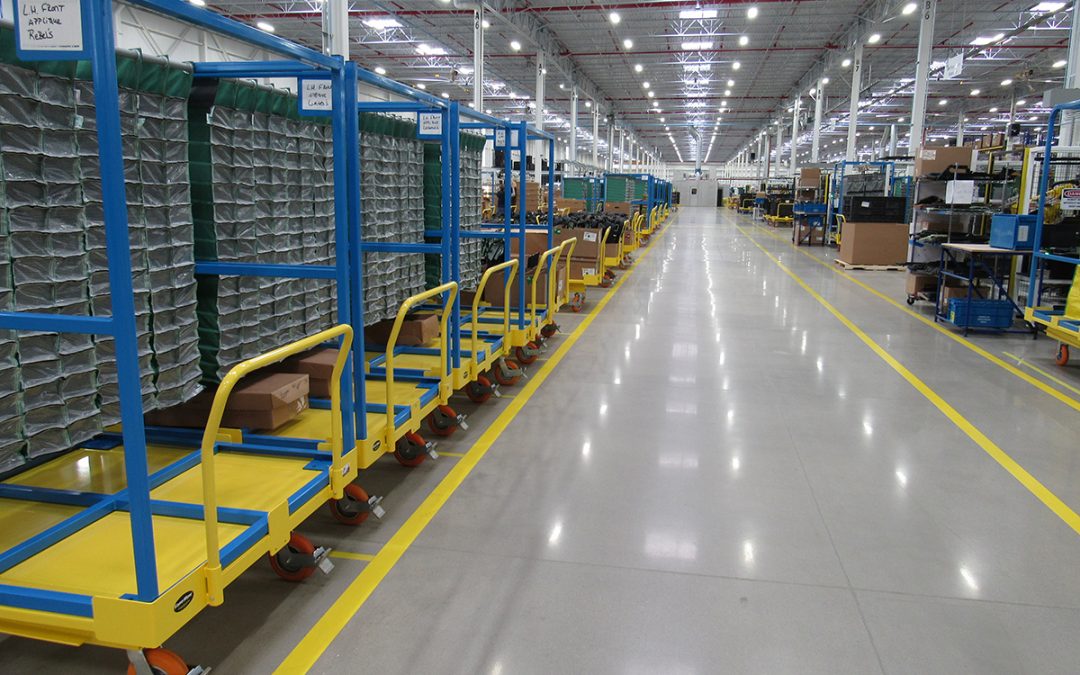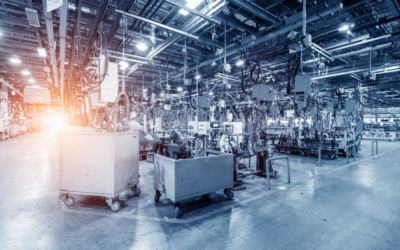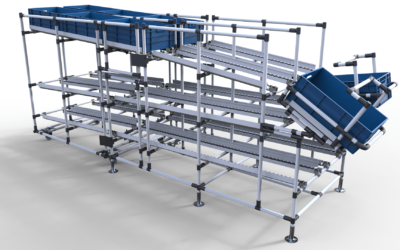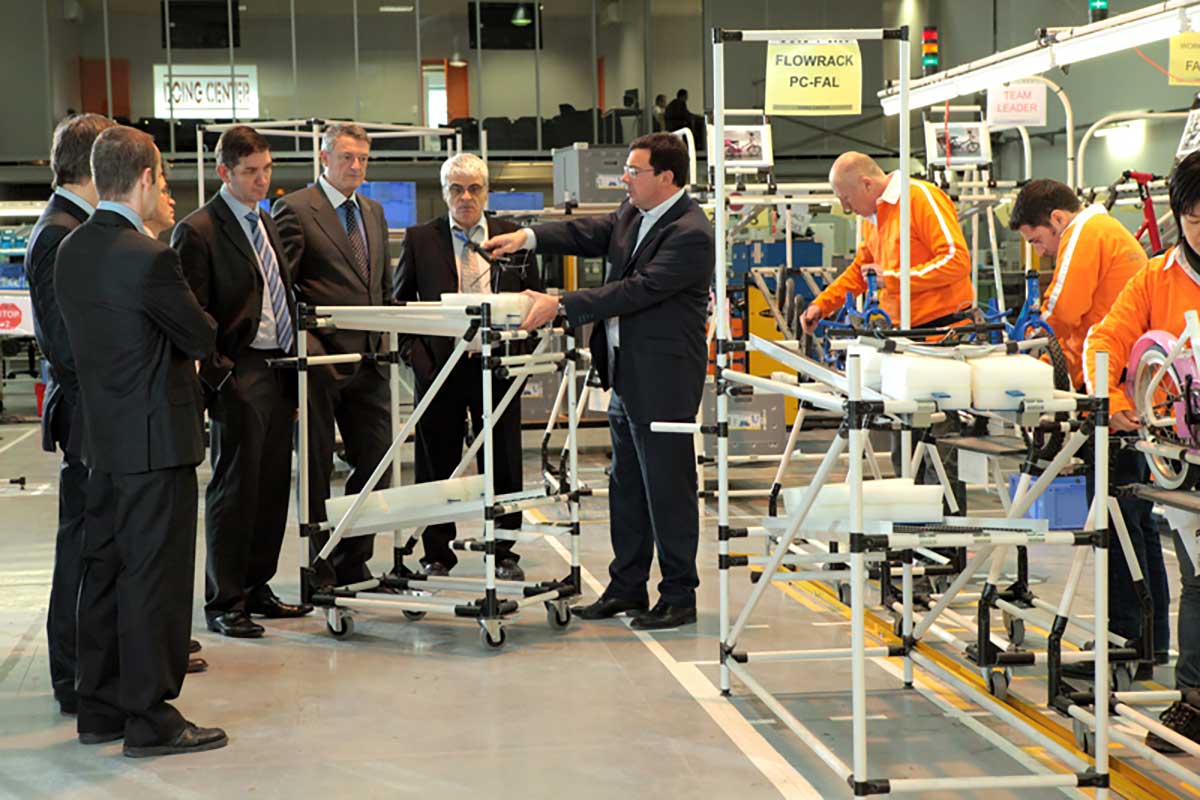Every warehouse, manufacturing plant, production facility, and logistics operation – no matter where they are or what they do – has to manage the same 5 kinds of material and information flow. Your success will be determined by how well you design and integrate these flows into a coordinated system, they need to “talk” to each other. The system that ties all of these flows together is called internal logistics or intralogistics.
The first in flow is inbound flow. This covers all items introduced to the facility, raw materials, purchased parts, as well as the receiving and disposition process. Deliveries are scheduled, items are confirmed and quality checked, then put into storage for further action. Inbound is the handoff between standard large scale transportation (rail, air, truck) and the small scale internal logistics that happens inside a building, which means it’s also the start of a conflict because the demands and needs of large scale transport and small scale transport are different. The key here is to understand the different kinds of parts and packaging involved in your inbound flow, then work to connect it to the next step. Milk run truck scheduling, standard and returnable container loops, and just in time (JIT) initiatives are all tactics focused on optimizing inbound flow. Any items that cannot be improved that way may need to be decanted, repacked, or handled differently in order to support improved internal logistics.
The second in flow is initiation flow. Initiation flow is where items start to get introduced to the plant via delivery aisles. They are taken from the warehouse, storage area, or logistics center and brought onto the floor via a delivery mechanism such as forklift, tugger, or AGC. Think of this like nutrients into your bloodstream – not too big, not too small, but ready to be converted into something useable. This flow starts to connect unmodified items (raw or purchased parts) with the value adding system, and you will start to see a disconnect here between large scale and small scale. Initiation flow also drives the pull delivery system between warehouse / storage and the production area. Sequencing, kitting, and fork truck free initiatives are all aimed at improving initiation flow and connecting initiation with insertion flow.
The third in-flow is insertion flow. This type of flow is focused on providing items to the value added activity, presenting the right parts, at the right time, in the right place to the operator so that their job is easier and they can work effectively. Insertion flow typically works at 90 degrees to the initiation flow, with the initiation flow via aisles running parallel to the production line or work area and the initiation or lineside area connecting the aisle with the line. This presents another conflict with two types of personnel doing necessary work, but one more clearly adding value to the product itself who should have priority. Even if it means more work, movement, or transactions, the target should be to deliver the smallest unit possible in the best place to support the production operator’s tasks. Small box packaging, lineside kitting, gravity flow racks, sub assembly lines, bolt chute / bulk part presentation, and live storage racks are all integral to insertion flow.
The fourth in-flow is installation flow. Installation flow is the toughest one to do right, which is an issue because when installation flow is done wrong it is difficult to make the other flows work. Installation flow deals with all production / assembly line design and flow, machine work, person / machine interaction, and work in process movement. Once planned and put in place, unless change and flexibility are integrated, it’s there to stay for years or decades. This flow also integrates the non-product aspects of the operator’s workspace – fixtures, jigs, tools, detection, and other related systems. Aside from layout planning of a greenfield facility, installation flow design and planning should involve the most departments, resources, and challenge. Capital is deployed in this phase, but it will determine your expenses for years to come. Advanced manufacturing, product development, and standard operational resources need to be involved.
The fifth flow is outbound flow. The finished product is wrapped, packed, strapped, bagged, and ready to go. Outbound flow takes it from the last value add step in the facility and puts in on the next phase of the journey. This will involve similar challenges as with inbound flow involving balanced supply and demand, variable lead times, and sales/marketing interaction. Complicating factors arise with multiple outbound items that need to be coordinated together such as install kits, original equipment, and spare parts. Pack out and shipping processes are advancing in complexity to handle these complications, as well as requiring more support from internal logistics to connect the dots. Bill of materials (BOM) structure / layout, item traceability, and robust digital validation systems are all deployed here to ensure quality to customer.




